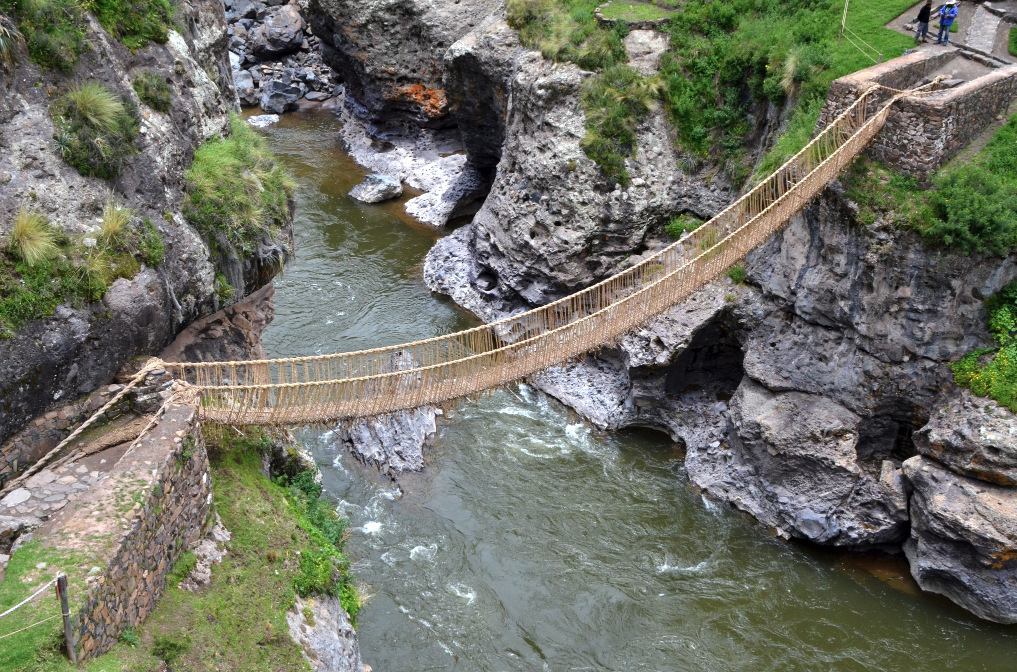Engineering Marvels of the Incas
The Inca Empire, spanning much of western South America, built an extensive road network known as the Qhapaq Ñan. Stretching over 25,000 miles, these roads connected mountains, valleys, and coastal regions, enabling administrative control, trade, and military efficiency.
Construction and Design
Incas engineered roads across rugged terrain using stone paving, suspension bridges, and stairways. Roads were maintained with relay stations and markers, facilitating communication through runners called chasquis. This infrastructure demonstrated remarkable adaptation to the Andes’ challenging geography.
Economic and Administrative Significance
The road system allowed the Incas to manage resources, collect tribute, and distribute goods like maize, textiles, and precious metals. It connected regional centers to Cusco, the empire’s capital, ensuring efficient governance and integration of diverse communities.
Cultural and Military Impact
Roads also supported military campaigns, troop movement, and rapid information flow. They symbolized imperial authority, unity, and technological ingenuity. Many roads remain in use today, testifying to their durability and strategic importance.
Legacy of the Incan Roads
The Incan road system exemplifies how infrastructure can consolidate power, foster trade, and unify vast territories. It remains a lasting testament to the empire’s organizational skill, engineering expertise, and vision of connectivity.







